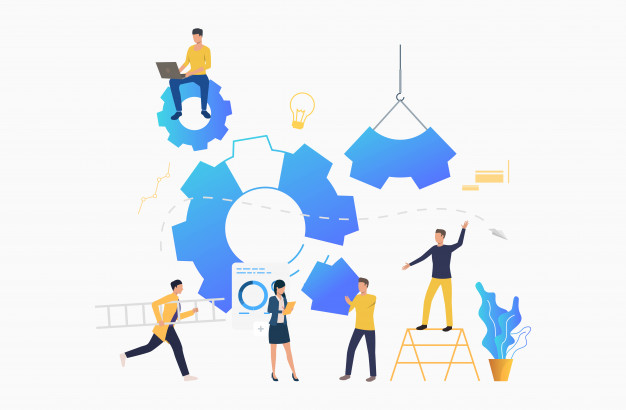Collaboration is a magic word for business according to Melvyn Mangion. It means that your employees are able to work together effectively and smoothly, sharing ideas, swapping recommendations, and refining texts without a hiccup.
But like many things in the world of business, it’s often easier said than done. Wires can get crossed, messages can go unseen, and sometimes egos can get in the way of the friction-free collaboration that you dreamed of enabling.
Melvyn Mangion argues that the sudden shift to remote work with the arrival of COVID-19 did no business any favors when it comes to collaboration. If your employees struggled to collaborate effectively when they were all in the same office every day, they’re going to really flounder when they’re trying to do so from their individual homes. And many companies that enjoyed excellent communication and collaboration in “normal” times found that it slipped from their grasp when they tried to recreate it from a distance.
Collaboration is a practice where individual contributors work as a team to achieve a certain goal. It relies on the individual qualities such as self-organization, motivation, engagement and ability to deliver the work. It is essential to be focused and open in order to collaborate successfully. The magic of a collaborative environment creates real value and enables the team to deliver the work faster.
To be a collaborative team player you should understand the perspectives, goals, and objectives of your team members. Your Project Manager cares about shipping the right product in a timely manner but your engineers want to deliver quality code that is functional and reliable at scale. At the end of the day we all are working towards one goal : making a successful product. It’s often the designer who can make this process smooth and effective.
Collaboration is act of balance
Being a collaborative designer doesn’t mean you agree with everyone all of the time. Neither does it mean to ignore the ideas of others. To collaborate means to work together as a team; to ideate, learn and iterate. Have a conversation!
If you feel strongly about a certain idea/product/feature work with your team to define what it means to execute on it — how much effort is required? What value will it bring to the business? As a designer, you are responsible for communicating your ideas to your teammates and proving they are worth pursuing.
For a designer, it is tempting to get into a creative groove and re-design the product from the ground up. You might even strongly believe that this is what the product needs. But if you want to be perceived as a team player, be heard and be considered when the next big decision for the product is made — have a conversation with your teammates why you believe that it’s what the product needs.
How to create a collaborative environment?
- Make people feel included. Every opinion counts even if it’s not along the same lines as yours. In fact, especially then.
- Debate if you disagree. But please don’t bring a paintbrush to a gunfight.
- Seek for honest and open feedback. This is how we grow and become better inside and outside of the work environment.
- Show an example of how to be a good team player. Your teammates will appreciate your honesty, openness and ability to compromise when possible.
- Share the knowledge. If you came across a certain problem before and have experience solving it, share your wisdom! If you’ve picked up some new tools, or want to teach your engineering team some new Sketch tricks, set some time aside to teach people what you’ve learned. Your contribution to the team’s “knowledge base” won’t be unnoticed.
